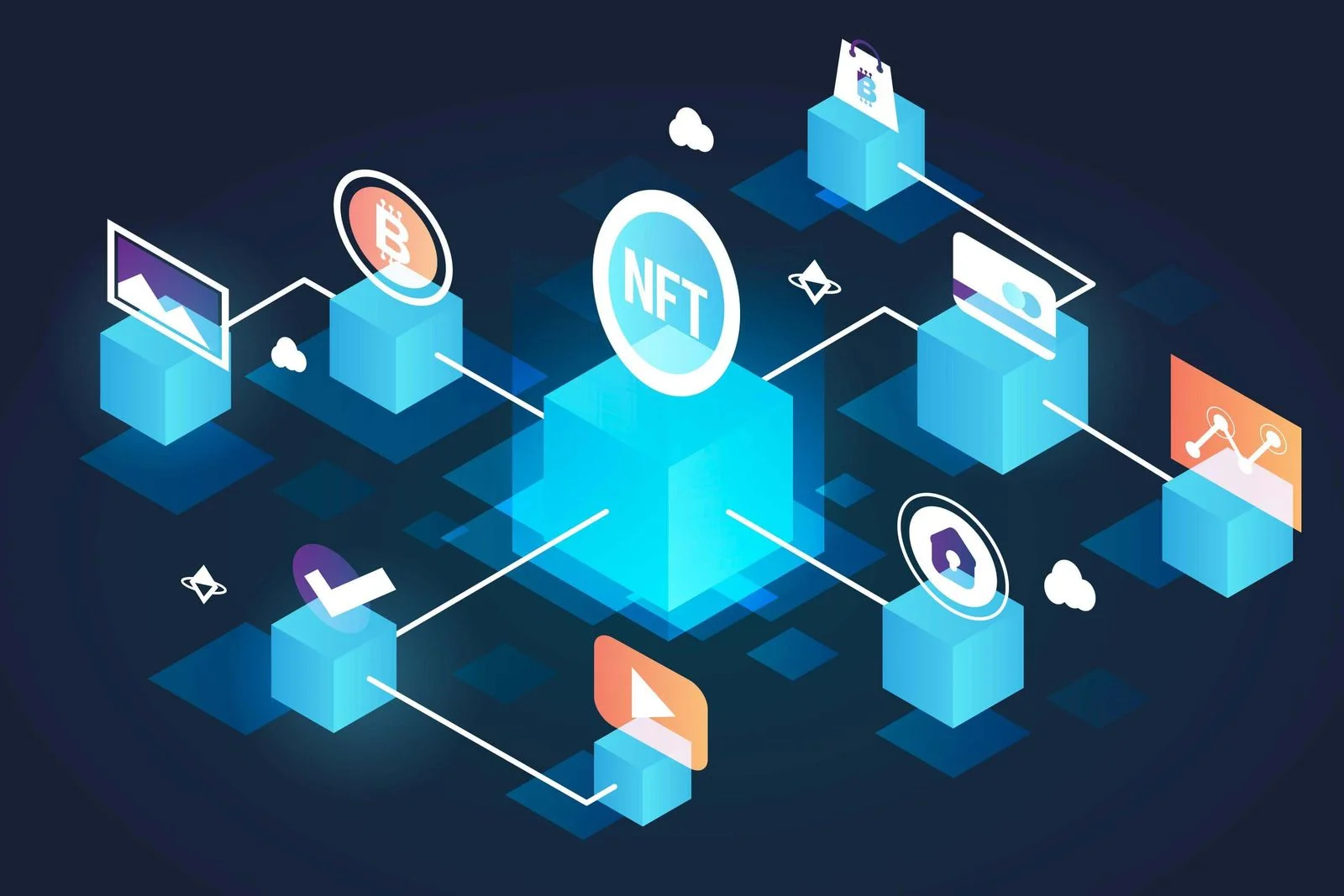For several years now, we have referred to the future of work as remote or hybrid, enabled by highly collaborative courtesy technologies. Today, as this scene has become the “now of work”, we must prepare for what’s next in HR.
Coined by the founder of Ethereum, Web 3.0 refers to the next generation of the internet, which will be grounded in decentralization, native payments, and the token economy. The technologies that will drive this era of the internet are predicted to be blockchain, cryptocurrency, AI, and ML.
The article helps HR and business leaders understand what to expect when working with Web 3.0 technologies.
Web 3.0 will Improve the Authenticity of Hiring Processes
We have PWC predicting four use cases for blockchain in HR; talent sourcing, cross border payments, productivity gains, and fraud prevention.
Blockchain is the cornerstone that enables a slew of decentralization in Web 3.0, improving authenticity and transparency. Lets see how.
Firstly, candidate and employee verification and assessment in the blockchain can happen more authentically.
Blockchain technology enhances cybersecurity and prevents fraud in candidate assessment and identification. Moreover, since the candidate information in the blockchain cannot be duplicated, its widespread adoption will enable governmental and educational institutions to register credentials into a blockchain.
This will enable anyone with access to the blockchain to read the data with the most updated information. And since candidates cannot edit their information in the blockchain, the latest information is the true authentic information, which will be verified by the decentralized economy.
It is possible to use blockchain to make the employment relationship verifiably more efficient on both sides. An educational, skill, training, and performance record based on blockchain technology can be managed by both parties. It would enable individuals to gain genuine value in the employment market by providing employers with access to their skills and experience. Moreover, with developments in AI and analytics, this single ledger that stores all employment data will enable companies to connect with individuals for appropriate roles.
Secondly, cross-border payments, salaries, and expenses facilitated by crypto networks can eliminate the third party and establish a transactional relationship between the sender and the receiver. This also supersedes any international tax laws. Compared to today’s legacy bank transfers for PAYE, instant global transfers of cryptocurrency by way of payroll could provide a significant advantage.
As technology evolves and is widely adopted, the only central dependency will be an internet connection. The requirement for new and existing employees will be to obtain a digital wallet for receiving their wages. Transactions will be more reliable if encrypted as unchangeable data on the blockchain while enabling streamlined auditing and enhancements in compliance and reporting.
Moreover, any development in Web 3.0 will not escape the application of AI. This will greatly streamline and boost HR processes and automate data and time-intensive processes such as payroll and VAT.
Changes in the Way Bonuses and Expenses are Reimbursed
A Web 3.0 based on blockchain will also revolutionize the way bonuses and rewards are endowed. Using blockchain, Web 3.0 will enable the creation of unique digital assets that cannot be duplicated. This offers exclusive value on this asset.
Similar to non-monetary incentives such as ESOPs and stock options, issuing crypto tokens and digital assets are beginning to be accepted as compensation instruments. Money.com reported that many millennials and Gen Zs are buying cryptocurrencies and NFTs to save for retirement.
And unlike stocks requiring employees to undergo a vesting period before selling their shares, these digital assets can be easily liquified. Moreover, these NFTs and cryptocurrencies are expected to be easily traded in exchanges as to who owns these assets and are followed through a centralized ledger.
Bye-bye Middlemen!
With the number of gig workers predicted to increase by 88% in 2023, the intrusion of freelancing technology will change how companies interact with freelancers. In most cases, freelancers (77%) say that tech has made it easier to find work.
Similarly, blockchain technology is predicted to aid freelancers by eliminating platforms that have historically helped with processing payments, promoting services, etc. Web 3.0 is expected to revolutionize the following:
Getting paid quickly: Cryptocurrencies and digital assets will eliminate the complexities of international payments. Moreover, transactions can also be made in the form of NFTs and avoid paying commission fees. As a result, payroll processes could no longer rely on third parties like banks to process employee payments thus giving employers and HR departments control over pace, agility, and flexibility. A talent pool characterized by greater flexibility and agility will be needed to meet these demands.
Reduce platform dependency and monetize content: Freelancers no longer need to depend on centralized apps like Instagram and Facebook to monetize their content. They can now use intermediary-free apps like Mirror and Bitcloud instead.
Decentralization of traditional networks can be achieved through blockchain technology, which enables people to connect directly without the involvement of third parties. In addition to disrupting whole industries, this eliminates record manipulation and lowers fraud risks.
A blockchain-based Web 3.0 will also enhance the authenticity of the freelancer hiring process. For example, data loss or hacker attacks can occur on the platforms freelancers use to promote their portfolio and services. It’s also possible to be permanently banned if disputes arise with buyers. In such cases, freelancers may be at a loss on how to showcase performance and career exploits.
Blockchain technology allows companies and freelancers to avoid these risks easily. The technology facilitates the creation of an immutable and verifiable track record for freelancers and businesses, and independent workers do not risk losing their hard-earned career record this way. Furthermore, companies don’t expose their capital to freelancers whose reviews and CVs are fabricated.
Worklife in Web 3.0 is still finding itself. For now, no one can even confirm what Web 3.0 will look like or whether the technological drivers we talk about here will be the foundation Web 3.0 rests on. However, if our predictions come true, a web based on AR, VR, Semantic Web and AI could definitely offer a more trustworthy and flexible web than Web 2.0.







